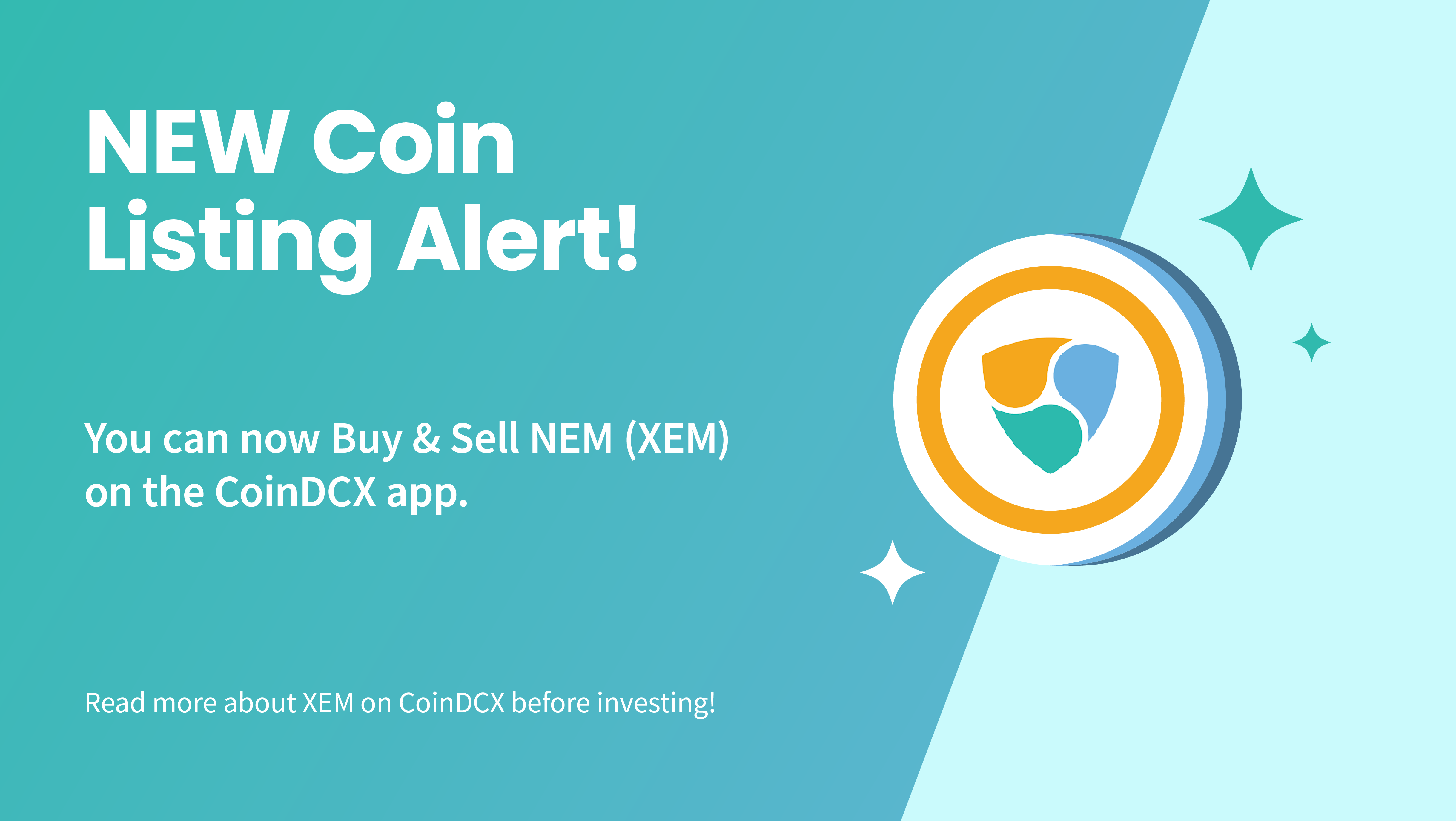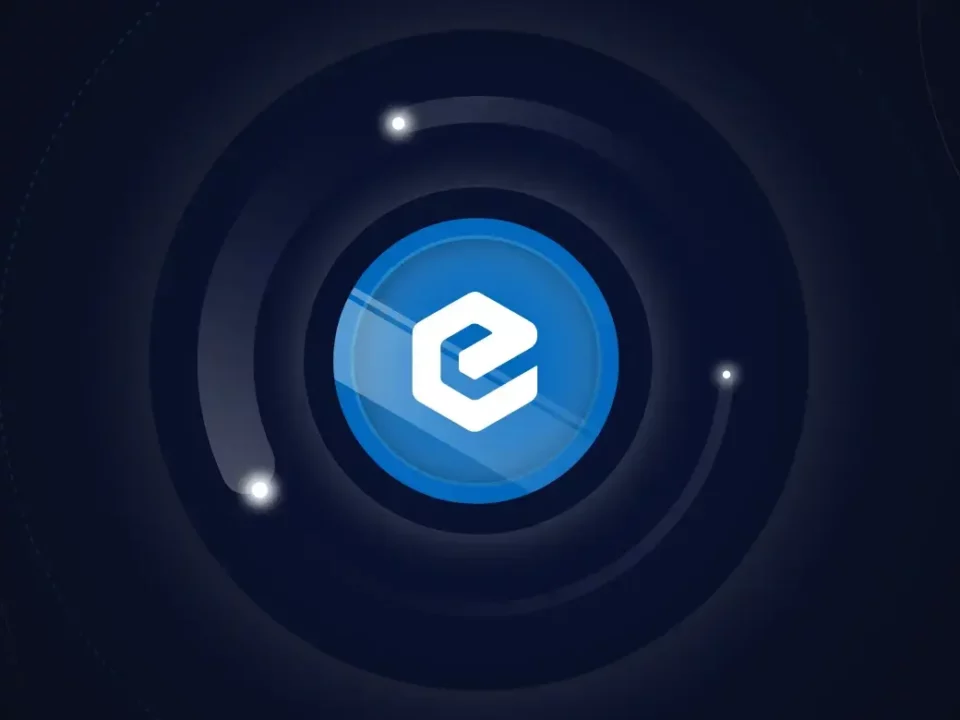Table of Contents
ToggleWhat is NEM (XEM)?
NEM stands for “New Economy Movement’’, is a peer-to-peer blockchain powered by the native token ‘NEM’. The purpose of NEM is to provide blockchain infrastructure to enterprises to help scale their operations and growth. Through NEM institutions can notarize assets with a time stamp – a unique and pivotal feature of blockchain. These assets are called Mosaics in the NEM ecosystem. NEM is also committed to reinventing the equities market. What truly sets NEM blockchain apart is its consensus mechanism called Proof of Importance which is similar to Proof of Stake but it is not solely derived from the size of an account’s balance.
Who are the founders of NEM?
NEM was co-founded by Lon Wong and Jeff McDonald. Lon Wong and Takao Asayama have contributed in building the Apostille solution. Jeff was an early adopter of blockchain technology and has also co-founded a blockchain startup called LUXTAG.
The team of NEM is spread across the United States, the Philippines, and the United Kingdom. Currently, the NEM Group comprises 50 members including consultants and top management personnel.
How does NEM work?
The NEM blockchain works on a distinct protocol called the Proof of Importance consensus mechanism. It is powered by XEM – the native token of the NEM blockchain. Anyone can start building on the NEM blockchain with this technical guide. The network uses EigenTrust algorithm – a reputation management mechanism that tracks a peer’s history of uploads and activities and discards any unauthentic files on the p2p network. In addition to this, the blockchain runs on Proof of Importance. In this protocol, the blocks that have a better reputation in the blockchain get to harvest a block. Harvesting a block can be compared to validators on PoS confirming transactions. The core difference is that in harvesting a node is selected based on its reputation score fetched from its activity in the past which correlates to the proof of importance directly.
Key Attributes of NEM (XEM)
Namespaces and Mosaics
Mosaics are an important part of the NEM ecosystem. With Mosaics delegating identity (information) to an asset becomes more facile. Mosaic linked with NEM’s multi-sig offers more utility and versatility to NEM’s asset management engine. The Namespace feature in the NEM ecosystem allows users to create a unique domain similar to how it is done in the web2 space. This domain is unique at the tech root level, On top of the Namespace, a Mosaic file is hosted which acts as a verified identity for the asset attached.
Harvesting NEM blockchain
Harvesting is a process of generating blocks on the NEM blockchain and earning XEM tokens as rewards. There are two ways to harvest blocks on NEM. Local harvesting and delegated harvesting. In local harvesting, a user is required to keep their system up and running with their private key active on the NIS system (NEM Infrastructure Server). The private key is required to sign transactions on the blockchain. The private key remains within the user’s system only making it absolutely safe. In delegated harvesting, a user needs to first activate the option else local harvesting will start as a default option.
In delegated harvesting, a blockchain transaction will take place which requires 6 XEM tokens. Once the transaction is triggered and successful, the NIS system takes approximately 6 hours to activate harvesting for the user (node). Once connected the user can shut the NEM system and the nearest NEM will harvest blocks on the user’s behalf. Note: In delegated harvesting, the blocks will be created for as long as the system is running.
Apostille – NEM’s flagship notarization tool
Apostille is NEM’s notarization and timestamping service that enables users to update and conjointly hold an asset with a multi-sig wallet designed for notarization.
The Apostille system’s key innovation is taking data that represents an underlying person, place, or thing and giving that data its own private key derived deterministically from its contents. There are two types of notarization systems in Apostille. Public Sync and private notarization.
Nano Wallet
The Nano wallet is the native wallet to hold XEM tokens. The wallet is a supported client for Windows, Mac, and Linux. NanoWallet features include: sending XEM tokens, Namespaces and Mosaics to other addresses. The wallet supports on-chain multi-signature and multi-user accounts. Users can harvest blocks on NEM with supernodes without having to expose their private keys.
What sets NEM apart?
NEM is an intelligent enterprise blockchain solution that innovatively makes asset management easy and economical. The blockchain’s infrastructure is made with Java making it an easy-to-understand system for web3 builders. NEM offers a suite of solutions like earning XEM tokens via harvesting (block production), namespaces – a web3 domain generating engine for users on the web and lastly Mosaic – a p2p file updating system on the NEM chain.
How to buy NEM (XEM) in India
Use this three-step process to buy your first XEM using the CoinDCX crypto investment app
- Sign Up for the CoinDCX account: Enter a valid email address and a user name on the sign-up page. Once the Email Id has been verified, set a strong password to secure your account.
- Verify the account: You need to complete your KYC, to buy XEM on the CoinDCX platform. All you need to do is upload the documents and your account will be set up in 15 minutes.
- Buy XEM,: After the account has been verified, you can deposit any amount of fiat currency you are comfortable with and start your crypto journey!
Read more: Latest Crypto News
Related posts
What is Alien Worlds (TLM)? How to Buy TLM Token in India?
Alien Worlds: Explore, compete, and thrive in a decentralized NFT metaverse.
Read more
What is eCash (XEC)? How to Buy XEC Token in India?
eCash (XEC): Revolutionizing digital transactions, leaving Bitcoin’s shadow in style!
Read more


